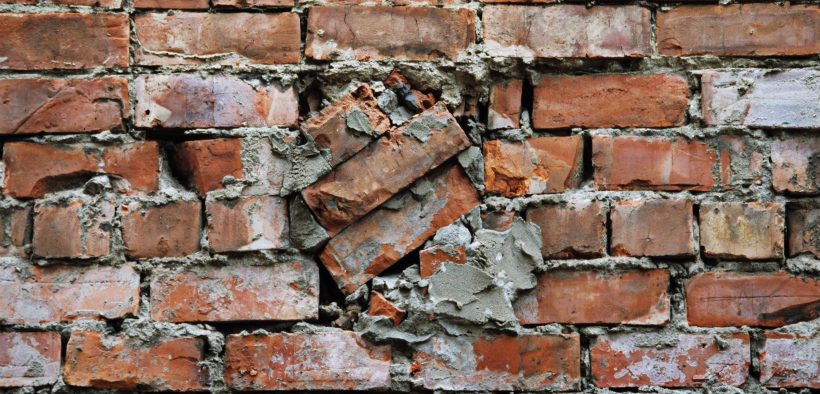I write regularly about the value of making mistakes and the potential of learning from them. No, I’m not advocating making mistakes on purpose; most of us slip up plenty without prior planning. The problem is how mistakes make us feel and how those feelings motivate efforts to avoid further blunders. When we draw big negative conclusions from mistakes, we’re not likely to devote time trying to learn from them.
Student Mistakes: Who Should Correct Them?

- Tags: student learning, student success
Related Articles
I have two loves: teaching and learning. Although I love them for different reasons, I’ve been passionate about...
Active learning is a mostly meaningless educational buzzword. It’s a feel-good, intuitively popular term that indicates concern for...
Perhaps the earliest introduction a student has with a course is the syllabus as it’s generally the first...
Generative AI allows instructors to create interactive, self-directed review activities for their courses. The beauty of these activities...
I’ve often felt that a teacher’s life is suspended, Janus-like, between past experiences and future hopes; it’s only...
I teach first-year writing at a small liberal arts college, and on the first day of class, I...
Proponents of rubrics champion them as a means of ensuring consistency in grading, not only between students within...








